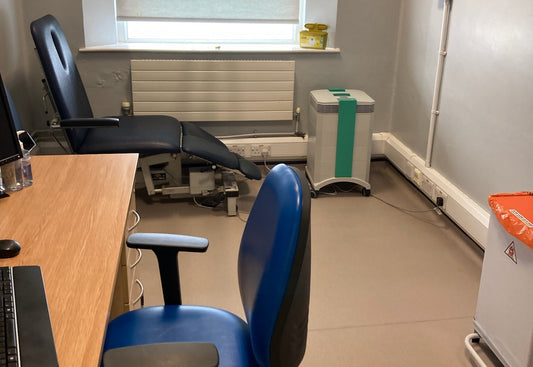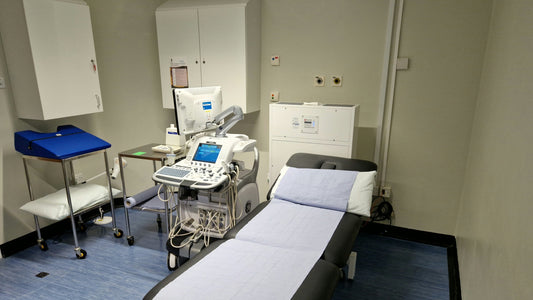Methicillin-resistant Staphylococcus aureus (MRSA) is one of the most important of the hospital-acquired infections in terms of infection control. Patients with compromised immunity are particularly at risk and airborne MRSA has become a significant public health issue, putting the focus on preventing MRSA infection in hospitals.
Researchers in Dublin recently published a study on airborne MRSA transmission as part of a wider investigation into a problem that affects all hospitals. Although it is known that MRSA can be transmitted to patients from healthcare workers hands that have touched a contaminated surface, less is understood about the airborne route of transmission.
It is highly likely that aerosols generated when an infected patient coughs, sneezes or talks, bear infected particles through long distances on air currents. Patients shed skin scales, which may also be infected, into the air. Infectious airborne particles settle on surfaces which then can be spread by touch or inhaled directly.
Most previous work on the transmission of airborne MRSA in hospitals has focused upon the intensive care unit or isolation wards. This new study, based at Beaumont Hospital, Dublin, sampled patients, environment and air in a 700-bed acute care hospital. The aim was to identify the MRSA threats faced by the ‘ordinary’ patient in the hospital and what contribution the airborne transmission makes to the risk of infection.
Overall, 4.3 per cent of patients and 14.4 per cent of air samples were found to be MRSA positive. In the high dependency ward, where patients are more at risk of infection; 7.4 per cent of patients, 25 per cent of air and 3.3 per cent of surface samples were found to be MRSA positive. More air samples were MRSA positive between 7.30 and 9.00 in the morning, with greater patient and staff activity during this period dispersing MRSA into the air.
DNA analysis identified four different clusters of MRSA infection which involved either patients alone as a source or a combination of patient and their environment. Without DNA analysis, it would not have been possible to identify these clusters.
In the Beaumont Hospital, there is natural ventilation, so it is likely that MRSA transmission depends upon the movement of staff and patients and upon the opening of windows and doors. Patterns of air dispersal of S.aureus are not well understood, in the healthcare environment or elsewhere, therefore removal of the bacteria with a high-performance air filtration unit remains the only safe approach. The study concludes that MRSA is very likely to be dispersed into the air from patients, contributing to transmission rates.
The challenge now is to reduce any airborne MRSA transmission by removing the bacteria before it reaches a susceptible patient. The Swiss-made IQAir Cleanroom range of mobile high-performance air filtration units are developed specifically for this type of healthcare application and can be deployed directly at the source of any contamination. By capturing and retaining both bacteria and viruses, they are capable of providing sterile air exactly where it is needed.
For expert advice on preventing airborne MRSA infections, call 020 3176 0524 today.
Reference: Creamer E et al (2014). Air and surface contamination patterns of methicillin-resistant Staphylococcus aureus on eight acute hospital wards. Journal of Hospital Infection 86 (3); 201-208



